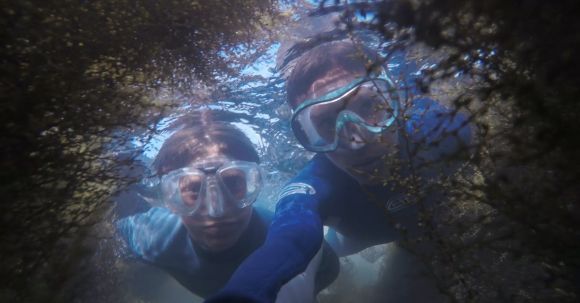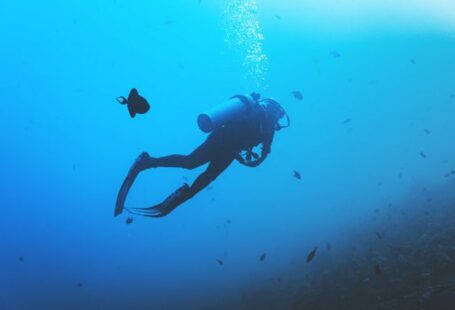Exploring shipwrecks is a thrilling adventure that allows divers to delve into the mysteries of the past. Wreck diving requires proper training and techniques, especially when it comes to advanced dives. In this article, we will discuss some of the advanced techniques that experienced wreck divers employ to maximize safety and enjoyment during their underwater excursions.
Choosing the Right Equipment
Before embarking on any wreck dive, it is essential to ensure that you have the right equipment. Advanced wreck divers often opt for a more specialized gear setup to enhance their diving experience. This may include using a sidemount configuration, which involves carrying tanks on either side of the body instead of on the back. Sidemount diving provides better maneuverability and allows for easier access to equipment, especially in tight spaces within the wreck.
Navigation Skills
Navigating through a shipwreck can be challenging, with many tight passages and confusing layouts. Advanced wreck divers develop excellent navigation skills to ensure they can explore safely and efficiently. They use a combination of techniques such as compass navigation, reel deployment, and line following to maintain a clear path and avoid getting disoriented. It is crucial to be familiar with wreck mapping and have a thorough understanding of the wreck’s layout before attempting an advanced dive.
Buoyancy Control
Maintaining proper buoyancy control is essential for all divers, but even more so for wreck diving. Advanced wreck divers have mastered their buoyancy skills, allowing them to glide effortlessly through tight spaces while minimizing the risk of damaging the wreck or disturbing sediment. Fine-tuning buoyancy control requires practice and often involves using a drysuit or a properly weighted wetsuit to achieve neutral buoyancy.
Penetration Techniques
Penetrating a shipwreck is an exhilarating experience, but it requires specialized training and proper techniques. Advanced wreck divers are trained in penetration techniques, which involve entering the wreck’s interior while maintaining a continuous guideline back to the entry point. This ensures a safe exit and minimizes the risk of getting lost or disoriented inside the wreck. Penetration dives should only be attempted by divers with the appropriate certifications and experience.
Gas Management
Managing gas supply is crucial for any dive, but it becomes even more critical during advanced wreck dives. Longer penetration dives may require extended decompression stops, which necessitate proper gas management. Advanced wreck divers employ techniques such as staged decompression and using multiple gas mixtures to ensure they have enough breathing gas to safely complete their dives. Having a thorough understanding of gas planning and the use of dive computers is essential for advanced wreck diving.
Emergency Procedures
Even with the most meticulous planning, emergencies can still occur during wreck dives. Advanced wreck divers are trained in emergency procedures specific to wreck diving scenarios. This includes techniques such as dealing with entanglements, untangling lines, and managing equipment failures. Regular practice and familiarity with these procedures are crucial for maintaining calm and responding effectively in emergency situations.
In Conclusion
Advanced wreck diving offers a unique opportunity to explore the hidden world of shipwrecks. However, it requires specialized training, equipment, and techniques to ensure safety and maximize enjoyment. By choosing the right equipment, developing navigation skills, mastering buoyancy control, practicing penetration techniques, managing gas supply, and being proficient in emergency procedures, advanced wreck divers can embark on incredible underwater adventures with confidence. Remember, safety should always be the top priority when engaging in any form of diving, and continuous training and practice are essential to becoming an experienced and skilled wreck diver.





